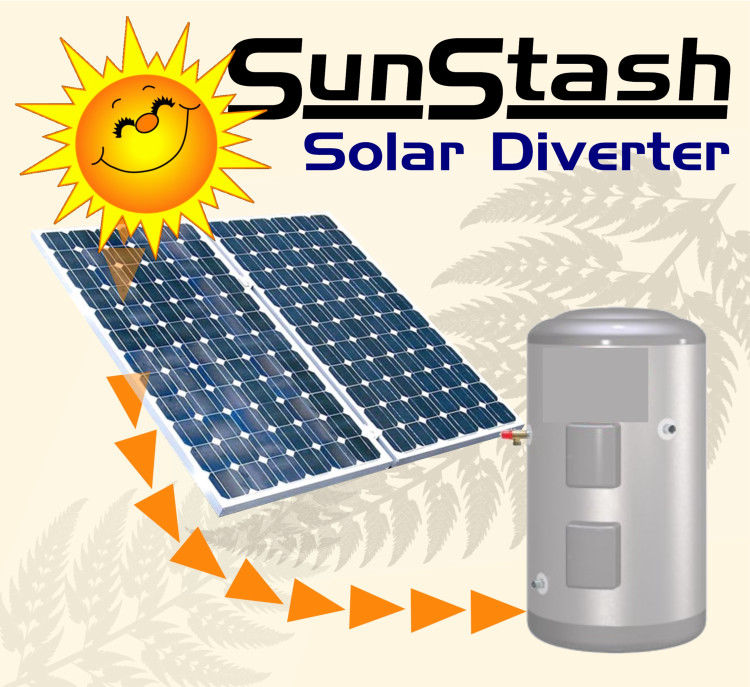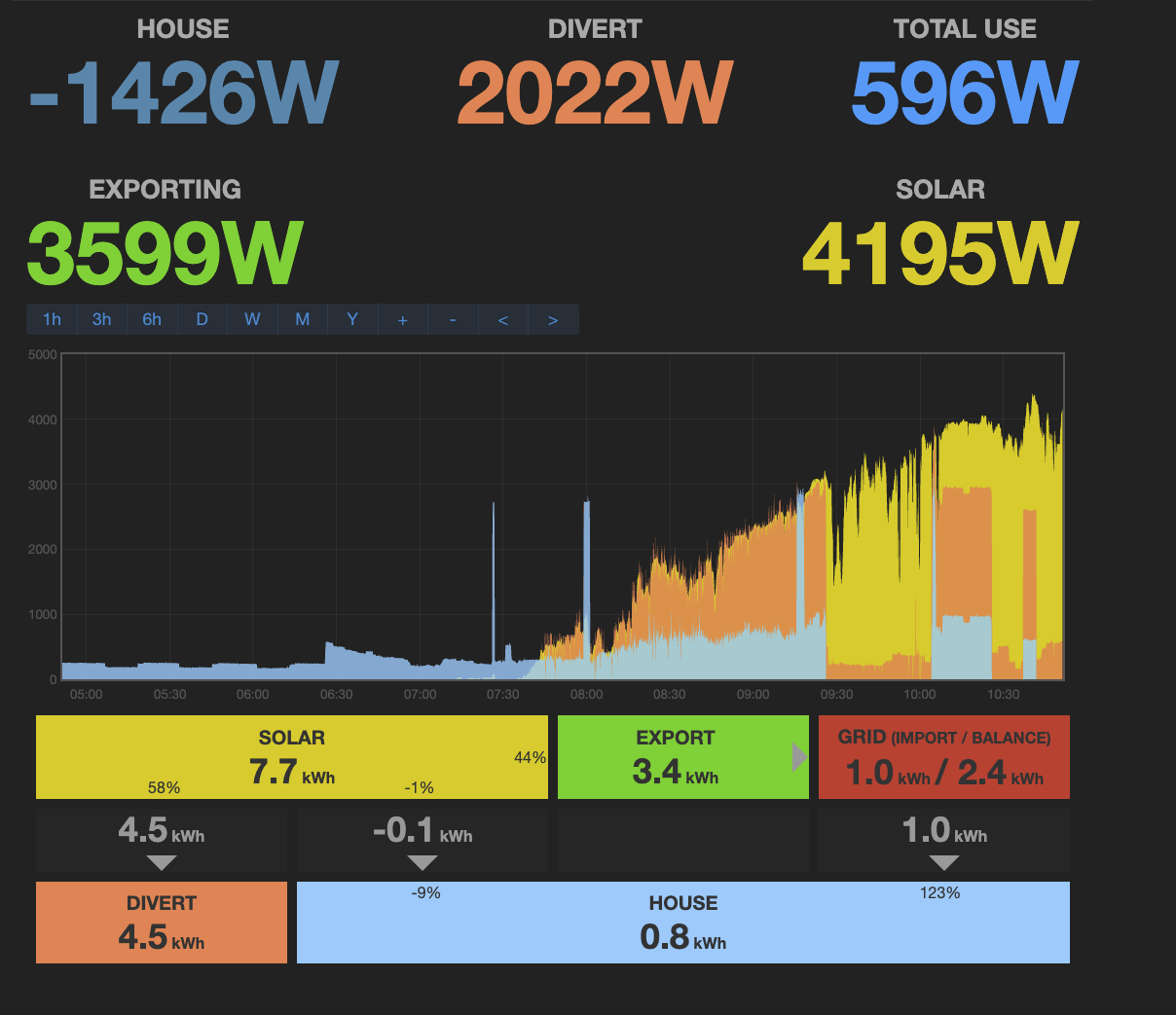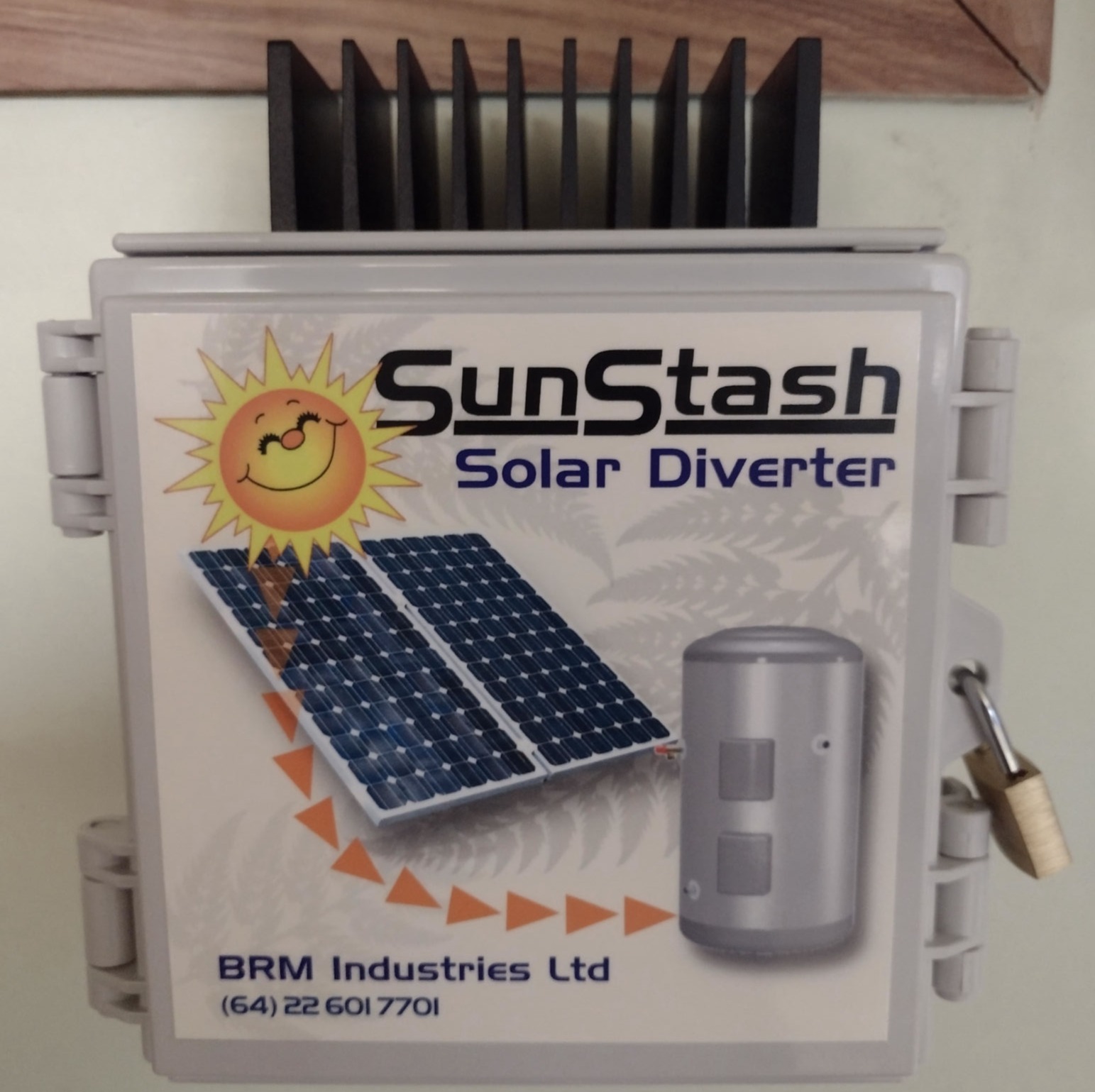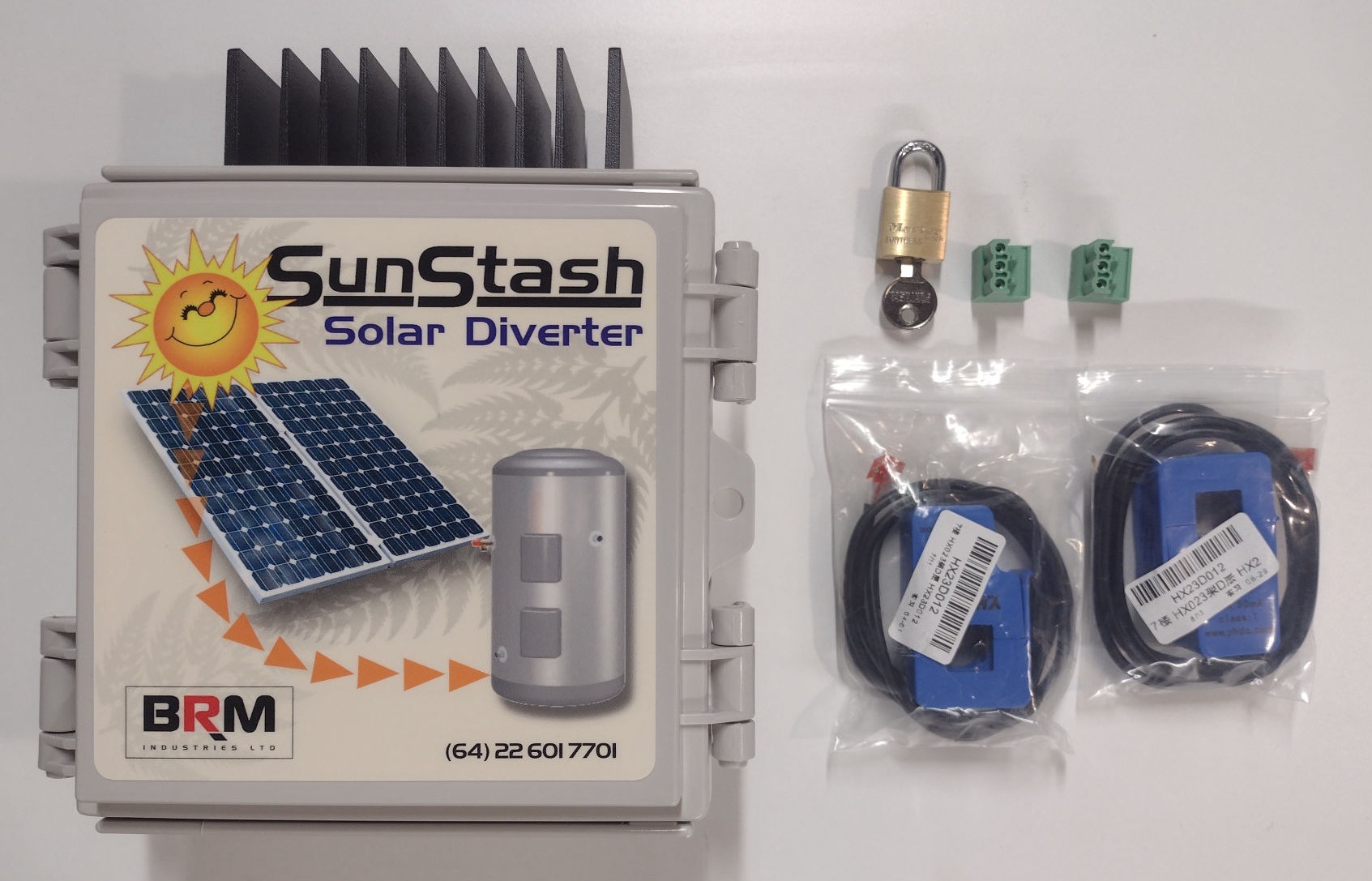
Everyone wants free Hot Water.
SunStash is a fully automated solar diverter that diverts excess solar power from your solar panels, to heat your hot water cylinder. Just install it and forget it.
Batteries are expensive. A Solar Diverter is a cost effective way to store power in your existing hot water cylinder at 100% efficiency.
TESTIMONIALS:
"I live in an area where the energy company limits how much I can export. SunStash allows me to maximise solar production by only using energy above that limit for water heating. - Thomas, Auckland"
*** HOT NEWS ***
SunStash now supports "Home Automation" apps like Home Assistant and Node Red via the MQTT protocol.



